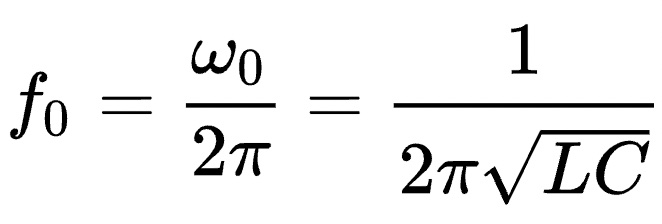Facebook
Twitter
Reddit
Electromagnetics in the Garden!
EXPERIENCE RAPID PLANT DEVELOPMENT USING SIMPLE WIRE FORMS!

Lakhovsky coils, one of the simplest tools of electroculture, is a fascinating piece of simple technology! This little coil can be quite powerful in the world of electroculture. It’s essentially an electronic resonance circuit, or self-resonating antenna. And what’s amazing, is that there’s actually a lot going on in the case of these amazing pieces of simple technology. Let’s dive in and take a deeper look at the science behind this simple coil and it’s use in improving the growth of plants and crops…
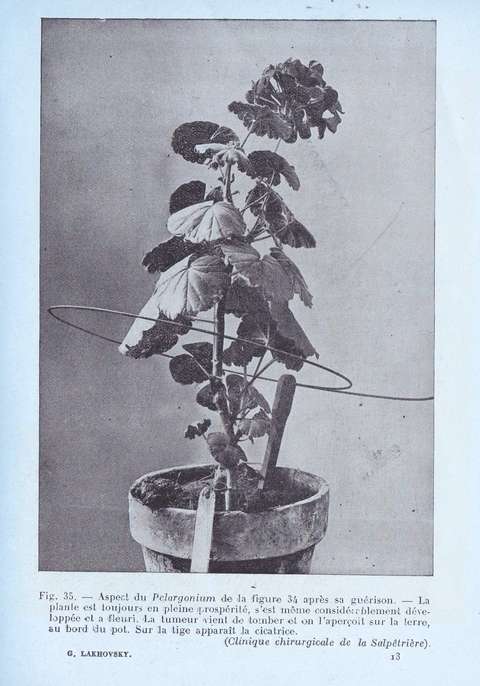
Electromagnetics helps plants grow better??? Check out the Lakhovsky coil! #electroculture
KEY POINTS
Magnetic Fields Affect Plant Biology
According to the book “Plant Cell Walls” By Peter Albersheim, et al., the resonant frequency (in Hz) of a nucleus is directly proportional to the intensity of the magnetic field at the nucleus. This is where the captured resonant energy from natural electromagnetic radio signals is coupled into the plant’s metabolism…”

Plant Cell Walls: From Chemistry to Biology”
Peter Albersheim, Alan Darvill, Keith Roberts, Ron Sederoff, Andrew Staehelin
In the paper, “Influence Of Ca2+ Cyclotron Resonance-Tuned Magnetic Fields On Germination And Growth Of Wheat Seedlings”, researchers document that different types of seeds and plants have physiological responses to magnetic fields in the form of germination and development changes. They posit that the mechanism, different yet related to the paper above, is what’s called geomagnetic ion cyclotron resonance (ICR) theory. What it basically says is that there is an electrophysiological response of certain ions, i.e. calcium, potassium, or zinc, which can be altered by the biological action of low-frequency magnetic fields. This makes perfect sense to me because in my book I describe many of the physiological changes that can occur as a result of what’s called electro-chemical signaling patterns, particularly those related to the flow of calcium ions throughout the plant (calcium ions are a crucial regulator of growth and development). Specifically, what happens is that there are interactions that occur in the relation between the static / magnetic fields present in the cell’s environment. The interaction between these fields which affect calcium-sensitive ion channel proteins in the cell membrane causing different rhythmic forms of ionic fluid flow.
In ICR theory, the physiological ionic activity of particular ions can be altered when the ratio of the applied signal frequency of the alternating component to the magnetic flux density of the static component is equal to the ionic charge-to-mass ratio. That’s a mouthful! So what this means is that the Calcium signaling that occurs within the plant can be influenced by the the interaction between the frequency of the magnetic L- coil, and the particular geomagnetic flux density that’s present at any particular place.
What Are Lakhovsky Coils?
In the early part of the 20th Century, Russian scientist, philosopher and inventor, Georges Lakhovsky, discovered that simple coils of wire can be used to improve the health of people and plants, and even affect the taste and flavor characteristics of certain materials or liquids (e.g. wine). Here’s a picture of the original Lakhovsky coil:
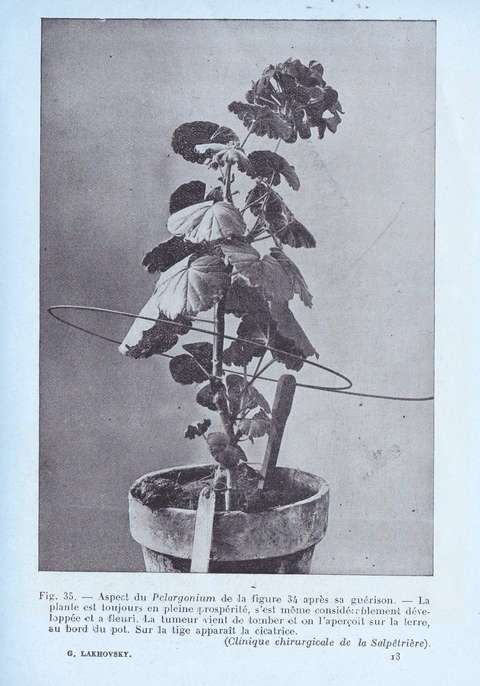
So, what is the Lakhavsky coil, or as I call it, the L-coil…. technically? Electrically, it’s essentially an inductor-capacitor circuit, also known as a resonant or tuned circuit. Here’s the circuit diagram for it:
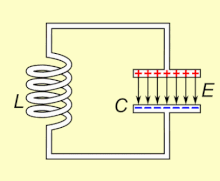
Here’s a description of how it works: L is called the inductor, and in this case, it’s in the form of a single-turn loop or coil. C is for the capacitor and its value based on the amount of exposed wire and the distance between the wires. In combination, when perfectly tuned, it causes an electromagnetic oscillation that circulates electrical current to and fro throughout the circuit. (Source)
This isn’t the only activity that’s taking place, it also acts as a magnetic antenna that interacts with local geomagnetic field fluctuations. The image below shows a visualization of multiple concentric L-coils, via Multiwave Research.
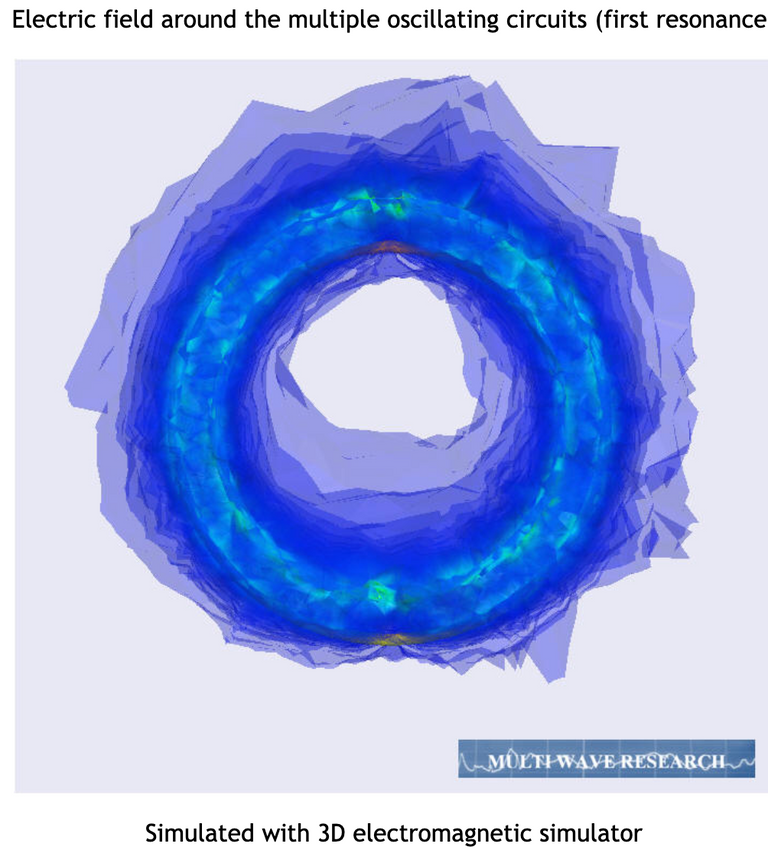
It also couples to the magnetic field portion of nearby incident radio waves through the induction of electrical current in the wires via Faraday’s Law of Induction. Of course there could also be inter-resonance effects from the plant itself too, perhaps depending on which signal is more dominant at the time. In any case, the circuit acts as a both a receiver and a transmitter, taking the circuit’s natural resonant frequency and it’s local magnetic field-based modulations, and coupling that energy into the plant’s seed, stem & roots.
Resonant Frequency Calculations…
So while the section above described how cells’ resonant frequencies are affected by the interaction between the magnetic fields in a given locale, I’ll now describe how the L-coil circuit’s resonant frequency can be calculated.
The resonant frequency (in Hertz) of a tuned circuit is shown on the right.
The inductance (L) is in Henries and the capacitance (C) is in Farads. So for a circular loop resonant antenna, the inductance (in microHenries) can be calculated using the following formula where s = length of side of loop (in inches); d = conductor diameter (in inches).
L=0.047 s log (1.18s/d)
For those interested in playing around with some numbers, there are a number of online tools available to make the calculations easier to obtain, e.g. https://www.eeweb.com/tools/loop-inductance
One thing awesome about this online calculator is that it covers many different types of inductances, from circular rings to square rings and so on. I found it interesting that these loops don’t necessarily don’t have to be round, as other shapes are acceptable too. If you want to play with calculations yourself, the use of square rings would make the math a little easier.
While there are many possible variations, Lakovsky himself, after much experimentation, found that a 30cm loop (approx 12 inches) captured the range of frequencies that fell within the resonant frequencies of the plants’ cells. This oscillating magnetic field then reinforces the resonant oscillations naturally produced within the nucleus of germanium plant cells.
Magnetic Loop Antenna Design Options
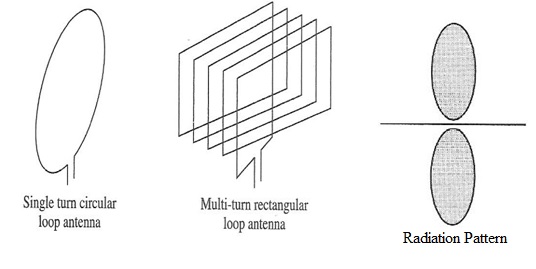
As you can see in the above image (source), for a single or multi-turn loop antenna / resonant circuit the cross-section of the radiation pattern around the wire is shown on the rightmost diagram. What it shows is that the magnetic field surrounds the wire on both sides, creating a “donut” of concentrated magnetic field energy. When a plant is placed in the middle of such an antenna, its stem and roots get exposed to it.
Size & Shape
Loop antennas can be in the shape of a circle, square, or any closed geometric shape of size = 1 wavelength. If we were to apply this wavelength to the size of the L-coil, where 30cm is considered 1 wavelength, using the simple formula of frequency = 1/wavelength, the result is about 33 Hz.
Loop Angle
Regarding the angle of the loop, in the original design, the coil is supposed to be set at an angle, perhaps something like 20-30 degrees which causes the the antenna to become polarized on an angle normal to the loop face., with sharp nulls along the axis of the loop. Perhaps there was a reason to do this based on his latitude. In practice though, laying the coils flat on the ground or in a flat elevated position above the ground works well.
Air Gap
We haven’t yet talked about the capacitance portion of the equation. Capacitance stores incoming electrical energy and eventually releases it. The combination of the magnetic storage of the coil and the electrical storage of the capacitance is what makes this simple circuit work. In the case of the Lakhovsky coil, the source of capacitance is the air-gap between the ends of the coil, which depending upon the style of air gap, works essentially like a parallel plate-type capacitor. This causes the reception of the circuit to be “narrow-band”, sensitive to only a very specific frequency.
Wire Thickness
The last design parameter is the thickness of the wire. It’s present in the inductance design equation above as the “d” term in the equation. Depending on the frequency of the loop, this comes into effect, yet in general, doubling the conductor diameter increases the gain.
As a side-note, It’s interesting that these types of antennas are also used at much higher (microwave) frequencies where they are called split-ring resonators (SRRs). Source: Electrically Small Resonators for Planar Metamaterial, Microwave Circuit and Antenna Design: A Comparative Analysis
Looking into that area of study we can gain some additional insights. Coils can be in the form of multiple concentric rings, like those from Lakhovsky’s Multiwave Oscillator (MWO), a turn-of-the-century healing energy device.
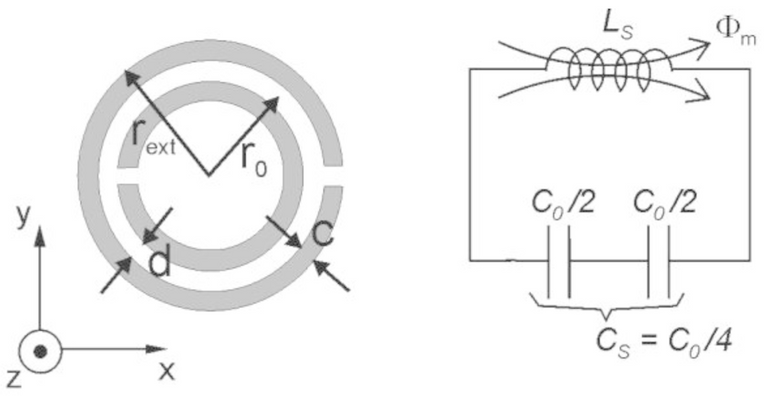
Power transfers between the rings occurs through resonance, without radiating any electromagnetic waves. Designs of this type are called single-circle SRRs and the most efficient is the double-circle SRR (2-levels of concentric SRRs).
Lakhovsky Coil Variations
Summary
In summary, this article explains the details of what Lakovsky coils do, how they can be designed, the science of the interactions between the coil’s energy and the plant’s physiology, and so on.
As I finish the writing of this, I find myself more interested in the specific frequency ranges that can be used for particular plant functions. In the human healing world we have radionic and rife devices that generate all sorts of particular frequencies for many types of ailments. In the plant-science world, the same exists as well! I’d like to see the next step happen where we move from single coils that are focused on a generic stimulation of the plant’s calcium signaling mechanism, to more a more tailored approach. For instance, perhaps we can collectively experimentally determine which sizes, types, and materials of L-coils work best for a given range of plants. Then, perhaps there are add-on frequencies that can be used to add additional immunities, or to stimulate plants in a particular manner, like changing or improving flavor profiles.
Thanks for your time, I hope you enjoyed this! To learn more about electroculture, continue to explore our website via the links below!
Facebook
Twitter
Reddit
magnetize my water!

Hi there, I’m David
I’ve been experimenting, writing, and creating products for electroculture for over 12 years. I’m also the original creator of the largest electroculture facebook group, Energetic Agriculture! Ray & I are co-founder of Energetic Growers, and my focus is on the science and engineering of highly-effective electroculture systems that can SCALE to any size yard or farm! Also, as a practitioner of energetic healing techniques, my focus is also on blending the technical and the subtle – particularly with helping growers learn how to apply the “energetics” side to their growing endeavors! Follow us and our discoveries in Electroculture and Energetic Agriculture Design!
Interested in unlocking hidden secrets of the universe from the comfort of your backyard or balcony?
Jump into the Conversation
the ONE email you’ll open every week
Once a week, we send out an exclusive email sharing our best tips on how to grow better with Energetic Agriculture, as well as extra bonuses, such as sponsorship giveaways, opportunities to field questions for our podcast, book recommendations, free courses, & more.Sign up so you don’t miss the next one!
Thank you!
You have successfully joined our subscriber list.
